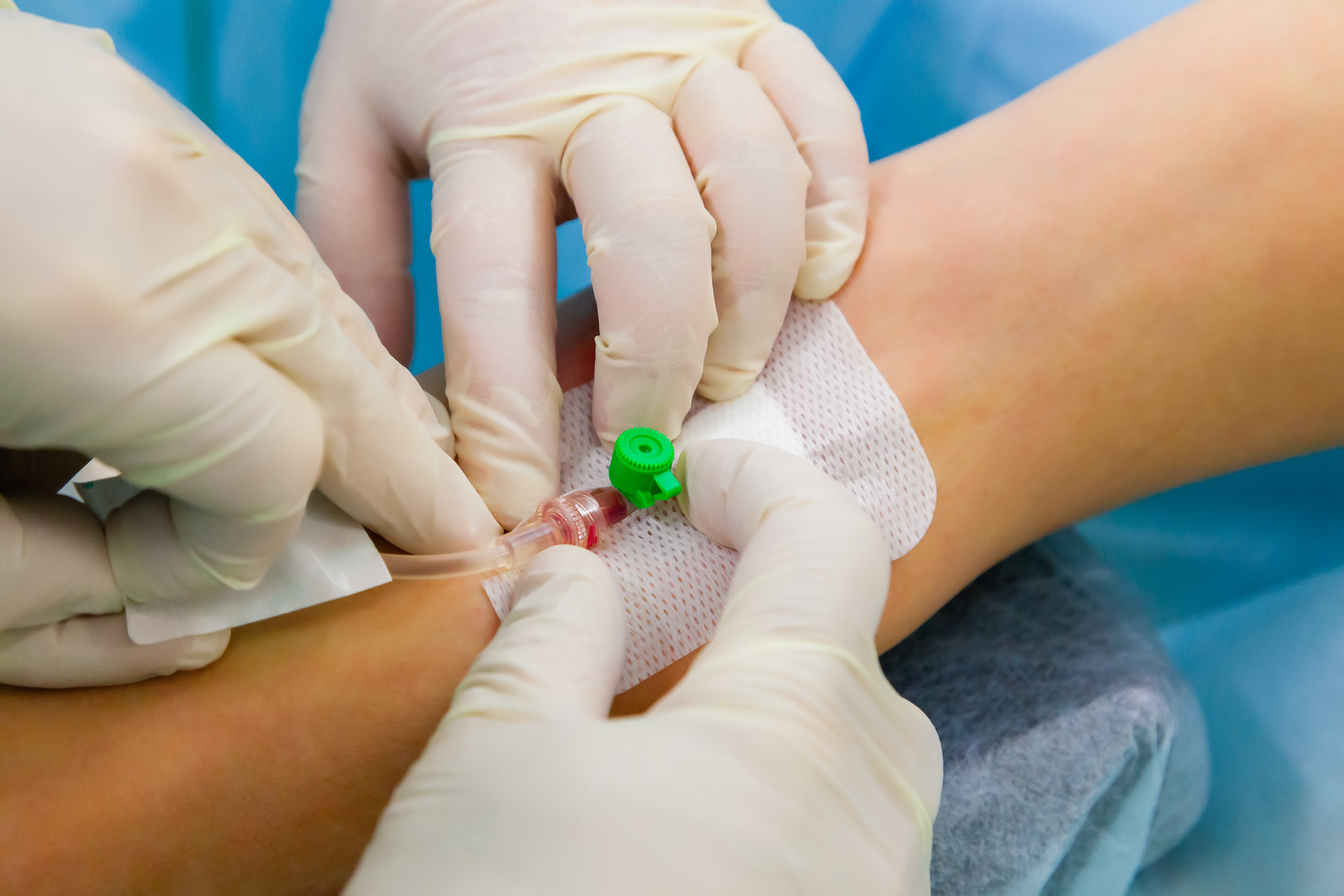


Patient Safety 7 Practitioner
Patient Safety 7® was created as a response to the slipping standards of patient safety within the healthcare industry. We aim to improve standards in healthcare through education, providing simple solutions to frequent safety issues. Additionally, we hope to encourage healthcare professionals to approach the concept in a new way that will not only improve the safety of their work environment, but also make day-to-day processes easier, simpler and safer.
Objective of the qualification
Most people in the UK receive safe and successful treatment throughout their episode of care. However, the complex nature of healthcare means that there are many areas of risk that can and do lead to adverse events occurring. Most of these events are minor, but some can result in extreme harm to the patient, or in the worst scenarios, death.
To counter this, we have created a course of study that prepares healthcare professionals to manage risk effectively; this is largely done by actively seeking out and analysing potential risk, reducing the likelihood of it occurring, reporting errors, evaluating past adverse events and near misses, sharing information with other professionals, and working to prevent errors from occurring in the future.
We also emphasise the importance of teamwork. Breaking down existing hierarchical structures is crucial in promoting the benefit and importance of patient safety. Currently, many healthcare professionals feel unable to speak up even when they feel something is amiss for fear of admonishment. Patient Safety 7® aims to empower every worker within the healthcare sector – cleaners, nurses, GPs, and everyone in between – to have the authority to speak up if and when they notice risks to patient safety.
Having a strong patient safety strategy saves time, money, resources and lives. Every patient has the right to feel that they are respected, that their condition will be treated to the highest standard and that they are safe under the care of the health professionals working with them.
What’s involved?
The aim of this practitioner qualification is to assess the learner’s knowledge and understanding around the principles of patient safety, as well as evaluate the student’s ability to apply these skills and understand why and how errors occur within a working environment. Furthermore, this course provides learners with the opportunity to gain a clear understanding around the importance of inclusion within patient safety as well as their knowledge on keeping the work area safe and secure. The course also focuses on the knowledge, understanding and skills around increasing both patient and staff engagement to reduce the errors within patient safety.
Why 7? We base our programme of education on seven principles of patient safety compiled by the National Patient Safety Agency (NPSA). These outline the basic steps that must be taken to ensure a higher standard of patient safety.
The 7 principles of patient safety:
- Build a safety culture.
- Lead and support your staff.
- Integrate your risk management activity.
- Promote reporting.
- Involve and communicate with patients and the public.
- Learn and share safety lessons.
- Implement solutions to prevent harm.
Each of these steps play a crucial role in the promotion of a patient safety culture. Patient Safety 7® uses these to form the basis of the course programme. Each one is expanded upon and explored to encourage more engagement with patient safety in healthcare professionals. This qualification will raise the standards that organisations are held to, leading to a better, brighter and safer future for the healthcare industry.
Assessment and delivery
Online end-point multiple choice assessment.
Learning outcomes
UNIT 1: UNDERSTAND THE PRINCIPLES AND IMPORTANCE OF PATIENT SAFETY.
UNIT 2: DEVELOP AN UNDERSTANDING OF THE DIFFERENT CHARACTERISTICS AND MODELS OF RCA.
UNIT 3: UNDERSTAND THE FUNDAMENTALS OF CLINICAL RISK MANAGEMENT AND HOW TO DEVELOP THE SKILLS REQUIRED TO ENCOURAGE RESPONSIBILITY.
UNIT 4: DEVELOP THE KNOWLEDGE AND SKILLS TO INCREASE BOTH PATIENT AND STAFF ENGAGEMENT.
UNIT 5: DEVELOP AN UNDERSTANDING OF HOW TO REDUCE, CONTROL AND PREVENT THE RISK OF INFECTION.
UNIT 6: DEVELOP KNOWLEDGE AND UNDERSTANDING OF MEDICATION ERROR PREVENTION AND CONTROL.
UNIT 7: UNDERSTAND AND APPLY ACQUIRED KNOWLEDGE OF PATIENT SAFETY TO OWN AREA OF PRACTICE.
Entry requirements
Candidates must be qualified at Level 2 (or equivalent) in Maths and English. Learners must also have an interest in improving patient safety standards. It is desirable that this course is undertaken by someone that works within an aspect of the healthcare industry, for example: junior nurse, doctor, pharmacist, carer, etc.
Price: £299.99